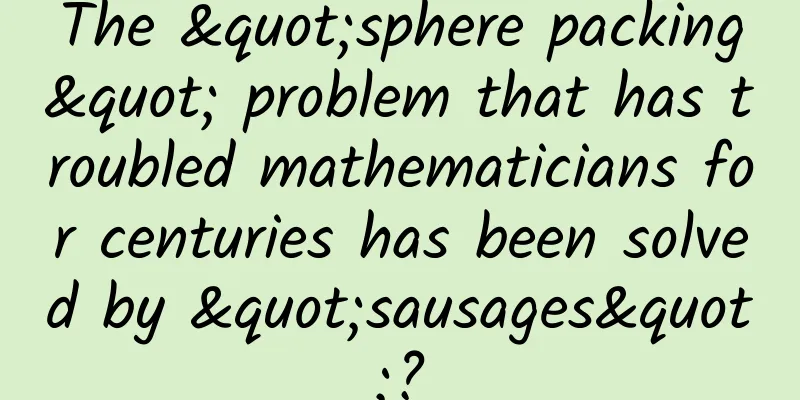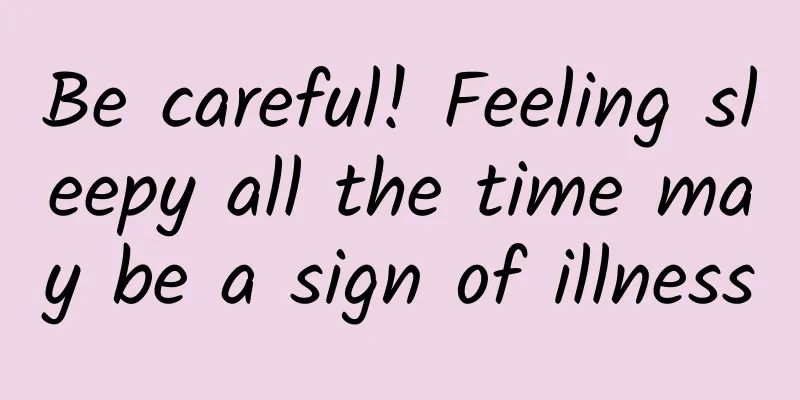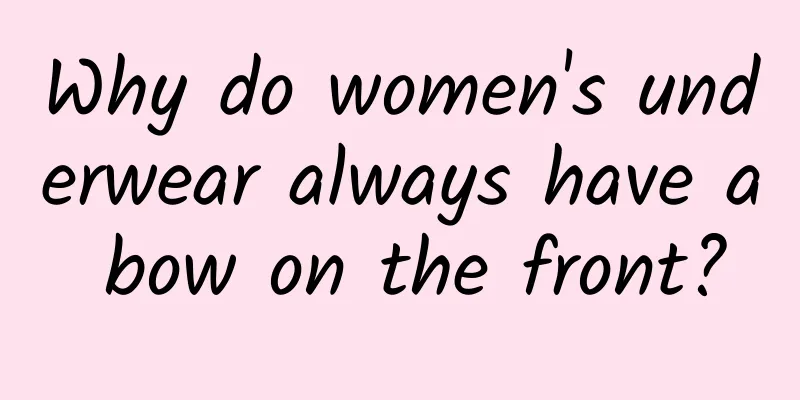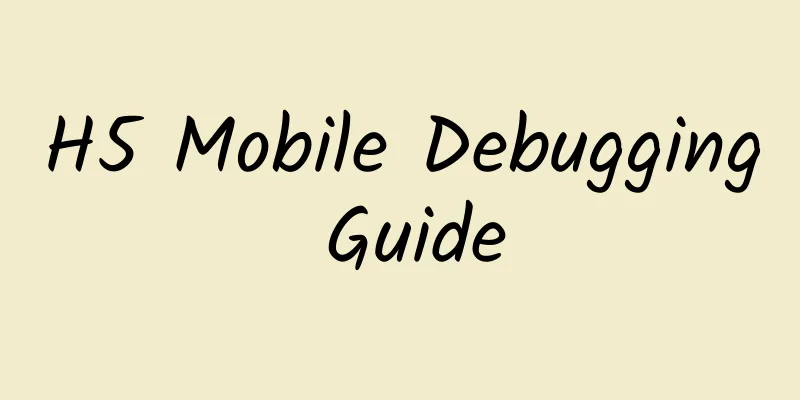Do you feel like you have two noses? This is actually the "Aristotle illusion"
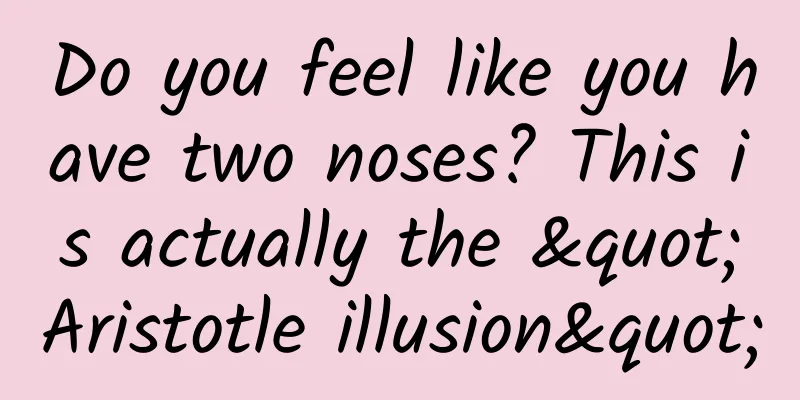
|
Let's do an interesting experiment: cross the middle finger of one hand over the index finger and then slide the crossed fingertips gently across the tip of your nose. Carefully feel the feeling from your fingers. Do you feel as if you have two noses? If you touch a corner of your phone in the same way, or touch a small round object, such as a soybean, you will also feel as if you are touching two objects. In fact, this feeling is an illusion. It was discovered by the ancient Greek "encyclopedic" scientist Aristotle more than 2,000 years ago, so it is also called the Aristotle illusion. Aristotle mentioned in Metaphysics: “When we cross our fingers, touch says there are two objects, while vision says there is one object.” (Volume 4, Chapter 6) Image source: Internet How do illusions occur? The Aristotle illusion is the so-called " perceptual separation ." When we cross our index and middle fingers, it is the outside of these two fingers that touch the nose, and the tactile sensation is transmitted to the brain from these two sides. Under normal circumstances, it is the inner sides of the two fingers that touch the tip of the nose, and the outer sides of the two fingers almost never touch the same object at the same time, so the brain "takes it for granted" that two noses are being touched. The tip of the nose is touched by the outer sides of the two fingers. Image source: lhecht The answer to this phenomenon can also be raised to the philosophical level. French philosopher and phenomenologist Merleau-Ponty believes that the "Aristotelian illusion" is related to body schema: body schema can be simply understood as the body's movement habits and perceptual possibilities. Movement habits and perceptual possibilities refer to the actions that the subject usually performs and can perform, and crossing fingers is an "artificial action" that exceeds the possibility of natural finger movement. For this reason, the body schema cannot refer to the crossed fingers as an organ pointing to the same motor project or intention. Therefore, the two crossed fingers act separately and produce separate sensations that cannot be unified in one perception. Why is the brain so prone to illusions? Nobel Prize winner and cognitive psychologist Daniel Kahneman believes that evolution has made the brain very stingy in the allocation and use of cognitive resources , "not using the brain if it can be avoided." And in order to cope with the ever-changing world, the brain often chooses to sacrifice some "correctness" in exchange for "speed." How is this achieved? That is through "experience." "Experience" is a computing shortcut created by the brain in pursuit of speed. Through certain pre-established assumptions, the brain can save a lot of resources. For example: the brain assumes that things are larger when they are near and smaller when they are far away; Do you feel like the monster behind is bigger than the one in front? In fact, they are the same size. Source: Internet The brain's default color of an object usually does not change arbitrarily. If it changes, it is because the brightness or color of the light source has changed. Classic old photo: Is the skirt you see blue and black or white and gold? Image source: Internet These experiences become experiences because these characteristics (such as near is big and far is small) are constant in most cases, which can help us quickly recognize and understand the world. Therefore, in the process of evolution, they have become the inherent information extraction method of the brain. But there are always exceptions. For example, if the brain still uses its inherent way to understand the "unnatural things" and "unnatural actions" constructed by humans, it will produce illusions and make us "deceived." This can also be understood as a bug caused by the imperfect evolution of the brain. Illusions also contribute Although regarded as a bug of the brain, illusions have made significant contributions in many fields. For example, in the field of scientific research, they can provide scientists with a unique perspective to help them understand how the brain processes information, constructs perceptions, and makes decisions, which is of great significance for promoting the development of cognitive science, psychology, neuroscience and other fields. Aristotle's illusion contributes to Parkinson's disease research Source: Brain In interior design or architectural planning, illusions are often used by designers to change the perception of space. For example, by cleverly using mirrors or color matching, a small space can be made to look more spacious and comfortable. Friends who live in large houses can skip this one. Glass doors increase transparency. Image source: Internet In film and animation production, optical illusion is also an old actor. The famous Hitchcock zoom is essentially an application of optical illusion. By zooming in or out of the camera lens, the foreground remains in the same position while the background appears to be squeezed or stretched. This gives us a wonderful feeling when watching a movie. Hitchcock zoom source: see watermark The Aristotle illusion is just one of many illusion phenomena, which reveals the limitations of our brain's perception of the world. However, it is these limitations that drive us to continue to explore, study, and improve our cognitive system. At the same time, it makes us realize that science is not a mysterious field that is out of reach, but is actually hidden in every detail of our daily life. References: "Judgement under uncertainty: Heuristics and bias" Aristotle's illusion and the enactive embodied approach to perception Aristotle's Illusion in Parkinson's Disease: Evidence for Normal Interdigit Tactile Perception | Brain | Oxford Academic https://psychologicalscience.blog.gustavus.edu/2020/04/09/a-hands-down-simple-illusion-the-aristotle-illusion/ Author: Cheng Xin, Master of Social Psychology, Beijing Normal University Reviewer: Li Xiran, Psychological Consultant, Master of Psychoanalytic Theory Research, University College London Editor: Dong Xiaoxian |
>>: Huh? Ducks can climb trees...
Recommend
Changes to device identifiers in Android O
[[189198]] Android O introduces several improveme...
How does the wedding photography industry use TikTok? Case Study
"For wedding photos that only happen once in...
5 ways to promote your app
Now when you open the app store, whether it is fr...
China Mobile takes drastic measures to eliminate WeChat! The new version of Fetion offers free data traffic
Some time ago, China Mobile started the "rec...
Why is Acer's presence in China declining? Three major flaws have caused it to fall behind
In recent years, there has been a "strange p...
iPad mini 3/Air 2 battery life test: Both are disappointing
Ever since the iPad mini 3 was released, there ha...
The logic, strategy and methods of user-oriented operations
I often hear terms related to user operations suc...
SEO money-making industry project case: How to use long-tail keywords to earn 100,000 yuan a month?
When it comes to SEO , many people may think it i...
Will using a humidifier cause "humidifier pneumonia"? Remember these 5 points for correct use
gossip In the dry autumn and winter, many familie...
The other side of information flow advertising: BAT’s data war
Social data, search data, and multi-line product ...
Can WeChat Mini Programs upload multiple Mini Programs to one account?
Q: Can a WeChat Mini Program upload multiple Mini...
Foreign dramas will be reviewed before broadcasting, and "simultaneous updates" will no longer be possible
Starting today, the "Notice on Further Imple...
How do Xiaohongshu, Zhihu, etc. acquire seed users?
Seed users refer to those who actively interact w...
Parasites can control their hosts. Can humans also be controlled by parasites?
Parasites are life forms that live in or on other...
China Automobile Dealers Association: September 2021 New Energy Vehicle Industry Monthly Report
01. Market performance Overall performance of the...


